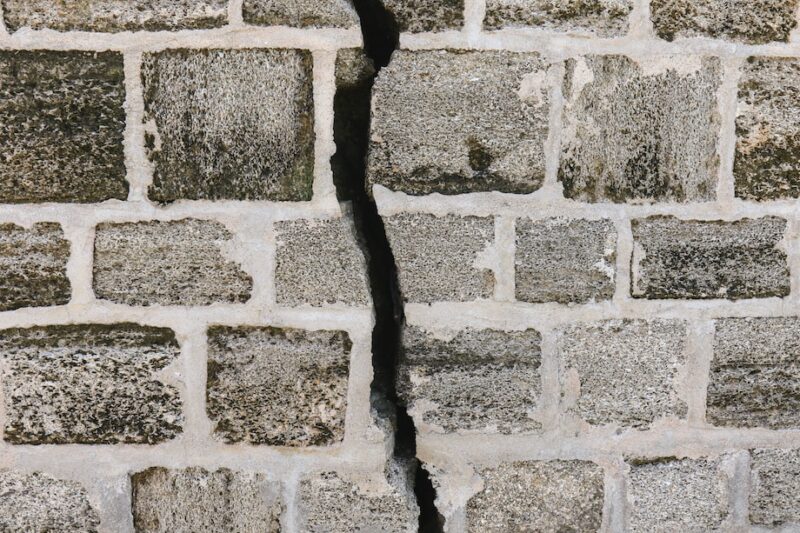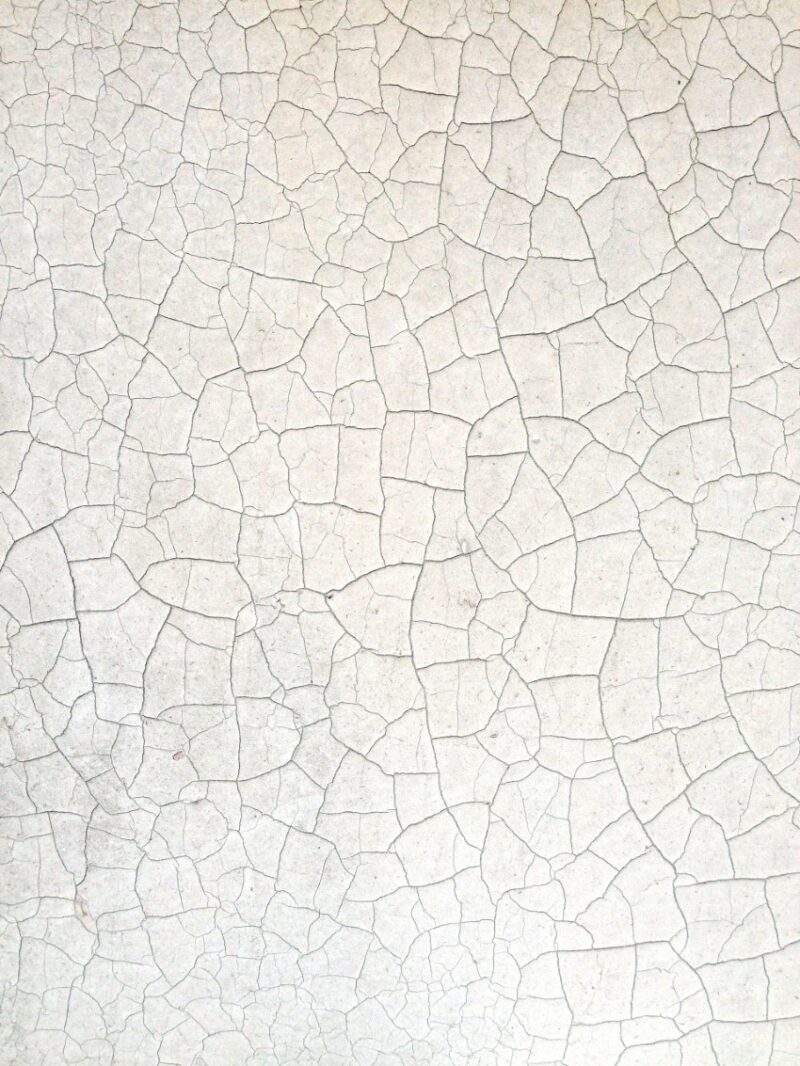From Hairline to Gaping: 8 Types of Cracks and What They Mean
For homeowners, cracks in the walls can be daunting. Are they simply part of the home’s natural settling, or do they signify a deeper issue? Knowing the kind of crack you’re dealing with is the first step to discovering the truth. Walk with us as we unravel the tale these fissures tell and the impact they could have on your home.
Hairline Cracks
Hairline cracks are the tiny, barely noticeable fractures that often appear on freshly plastered or painted walls. While they might not seem like much, they can raise a few flags. These often result from the curing process of concrete or minor shifts in the foundation. It’s crucial to monitor these, as hairline cracks can grow, indicating issues with soil movement or building materials.
Vertical Cracks
Vertical cracks, as the name suggests, run straight up and down. They’re common and are generally considered to be less of a concern, often a result of normal shrinkage as a home settles into its foundation. However, they can also be a sign of high water pressure or soil settlement. Regular inspection and measurement for growth are critical.

Diagonal Cracks
Diagonal cracks are a bit more concerning, as they can indicate a problem with the home’s foundation. Shaped like stepping stairs, they often occur due to different rates of settling on either side of the home. This might not indicate immediate danger, but it’s a crack type that should lead requires a consultation from the experts for further inspection.
Horizontal Cracks
Unlike vertical and diagonal cracks, horizontal cracks are a real red flag. These types of cracks often result from hydrostatic pressure, a force pushing sideways into the foundation from the soil. They are more serious, so if you spot one, it’s vital to get your foundation checked immediately.
Stair-Step Cracks
These are a series of cracks that form a stair-step pattern along the mortar lines in a brick wall. They’re common in brick buildings with masonry joints but can be a sign of more significant issues with the foundation, indicating lateral movement in the building’s foundation.
L-Shaped Cracks
L-shaped cracks usually appear on concrete walls and are more commonplace in basements and near windows. These typically indicate external pressure may be at play, such as nearby tree roots or expansive soil. They warrant a thorough inspection to determine the best plan of action to avoid potential structural damage.
Map Cracking
Map cracking forms a pattern that resembles continents on a map, usually occurring in broader surfaces like ceilings. It can result from too much moisture, weak concrete, or poor curing. While map cracking is generally cosmetic, it can also be a sign of more severe issues such as roof leaks or substandard building materials.
Bulging Cracks
Bulging cracks are a three-dimensional variant of regular cracks. They are serious, indicating exaggerated pressure on the section of the wall, possibly from soil or hydrostatic pressure. Immediate remedial action is necessary, involving both the repair of the crack and the source of the pressure.
Understanding the type of crack in your home can be the difference between a simple renovation and a costly ordeal. While not all cracks are indications of an imminent disaster, it’s wise to approach them with caution. Regular home inspections, consultations with a foundation repair company, or repairs can go a long way in maintaining the integrity of your home.











